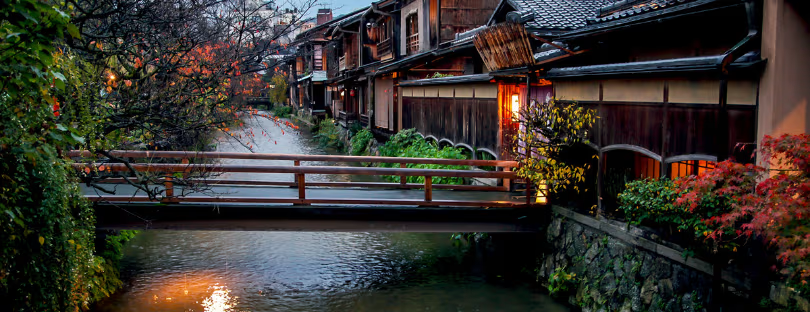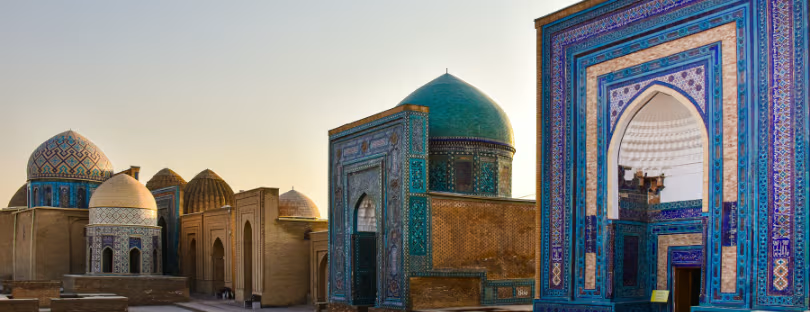
Japan Considers Charging Foreigners More: A Response to Overtourism
Japan, long hailed as one of the world’s friendliest and most welcoming countries, is now at a pivotal crossroads in its tourism journey. Known for its unmatched hospitality, impeccable public transport, and deeply respectful culture, Japan has been a dream destination for millions around the globe. But with that growing popularity comes an unintended side effect—overtourism. As international visitor numbers return to—and even surpass—pre-pandemic highs, Japanese authorities and local communities are being forced to reconsider how tourism is managed, sustained, and funded. Japan dual pricing for tourists
In particular, a controversial new idea is gaining traction: “dual pricing”—charging foreign tourists more than locals for access to major cultural sites, natural landmarks, and public attractions. It’s not an entirely new concept globally, but in Japan, where fairness and uniformity are cultural cornerstones, the proposal has sparked both curiosity and debate. Can a country so revered for its politeness introduce a pricing system that treats visitors and residents differently?
This discussion reflects a much bigger question facing tourist-heavy nations worldwide: how to protect the daily lives of locals while continuing to benefit from a booming travel economy. With some of Japan’s most iconic sites now struggling under the weight of their own popularity, the nation must decide whether adjusting prices is a necessary evolution—or a threat to its image as one of the most hospitable places on Earth.
Why now?
- Visitor overload—popular spots like Mt. Fuji and Kyoto neighborhoods are suffering from crowding, trash, and noise complaints, now known locally as “kankyō kōgai” (tourism pollution).
- Economic boost—foreign tourism spending has quintupled in a decade, becoming Japan’s second-largest “export” behind automobiles.
What’s being proposed?
Authorities in places like Hokkaidō and Osaka are discussing charging higher entrance or usage fees for foreign tourists. The idea is to balance the surge and preserve local access—for instance, visitors to Himeji Castle might face rates over four times higher than locals. Similar dual pricing at iconic sites like Hagia Sophia and the Taj Mahal has precedent.
Mixed Reactions
- Supporters argue locals are being priced out of their own cultural heritage. Some believe a bit more from foreign tourists is fair, given the currency imbalance.
- Detractors fear it’s discriminatory, risking tourist backlash and harming Japan’s reputation for fairness.
Alternative measures are already in action
- Daily climber limits at Mt. Fuji, fines for geisha-photo creeps, restricted street drinking in Shibuya, and de facto quotas during festival seasons.
Bottom line about Japan dual pricing for tourists
Japan is attempting to strike a delicate balance: preserving its local quality of life while benefiting economically from international tourism. Dual pricing is being eyed with both interest and concern, but the broader goal is clear—sustainable, respectful tourism—even if it means tourists may pay a little more.









